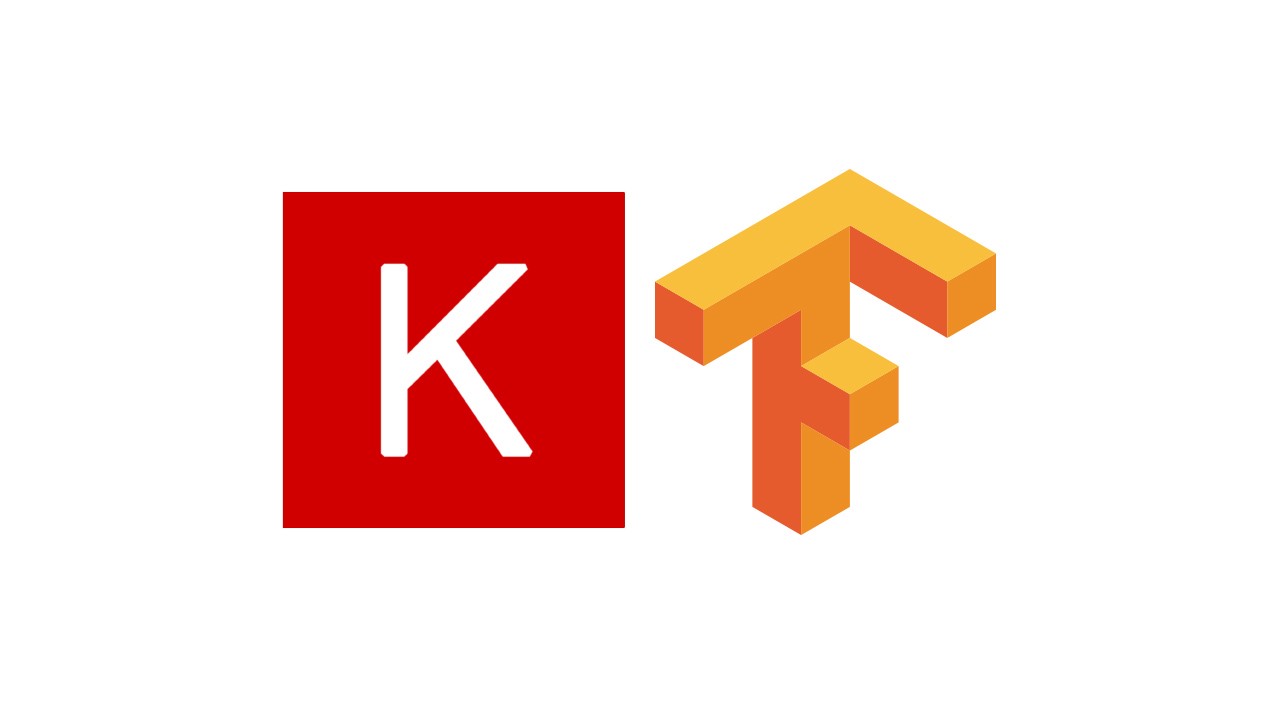1
2
3
4
5
6
7
8
9
10
11
12
13
14
15
16
17
18
19
20
21
22
23
24
25
26
27
28
29
30
31
32
33
34
35
36
37
38
39
40
41
42
43
44
45
46
47
48
49
50
51
52
53
54
55
56
57
58
59
60
61
62
63
64
65
66
67
68
69
70
71
72
73
74
75
76
77
78
79
80
81
82
83
84
85
86
87
88
89
90
91
92
93
94
95
96
97
98
99
100
101
102
103
104
105
106
107
108
109
110
111
112
113
114
115
116
117
118
119
120
121
122
|
def train_one_epoch(model, optimizer, scheduler, dataloader, device, epoch):
model.train()
dataset_size = 0
running_loss = 0.0
bar = tqdm(enumerate(dataloader), total=len(dataloader))
for step, data in bar:
images = data['image'].to(device, dtype=torch.float)
labels = data['label'].to(device, dtype=torch.long)
batch_size = images.size(0)
outputs = model(images, labels)
loss = criterion(outputs, labels)
loss = loss / CONFIG['n_accumulate']
loss.backward()
if (step + 1) % CONFIG['n_accumulate'] == 0:
optimizer.step()
optimizer.zero_grad()
if scheduler is not None:
scheduler.step()
running_loss += (loss.item() * batch_size)
dataset_size += batch_size
epoch_loss = running_loss / dataset_size
bar.set_postfix(Epoch=epoch, Train_Loss=epoch_loss,
LR=optimizer.param_groups[0]['lr'])
gc.collect()
return epoch_loss
@torch.inference_mode()
def valid_one_epoch(model, dataloader, device, epoch):
model.eval()
dataset_size = 0
running_loss = 0.0
bar = tqdm(enumerate(dataloader), total=len(dataloader))
for step, data in bar:
images = data['image'].to(device, dtype=torch.float)
labels = data['label'].to(device, dtype=torch.long)
batch_size = images.size(0)
outputs = model(images, labels)
loss = criterion(outputs, labels)
running_loss += (loss.item() * batch_size)
dataset_size += batch_size
epoch_loss = running_loss / dataset_size
bar.set_postfix(Epoch=epoch, Valid_Loss=epoch_loss,
LR=optimizer.param_groups[0]['lr'])
gc.collect()
return epoch_loss
def run_training(model, optimizer, scheduler, device, num_epochs):
wandb.watch(model, log_freq=100)
if torch.cuda.is_available():
print("[INFO] Using GPU: {}\n".format(torch.cuda.get_device_name()))
start = time.time()
best_model_wts = copy.deepcopy(model.state_dict())
best_epoch_loss = np.inf
history = defaultdict(list)
for epoch in range(1, num_epochs + 1):
gc.collect()
train_epoch_loss = train_one_epoch(model, optimizer, scheduler,
dataloader=train_loader,
device=CONFIG['device'], epoch=epoch)
val_epoch_loss = valid_one_epoch(model, valid_loader, device=CONFIG['device'],
epoch=epoch)
history['Train Loss'].append(train_epoch_loss)
history['Valid Loss'].append(val_epoch_loss)
wandb.log({"Train Loss": train_epoch_loss})
wandb.log({"Valid Loss": val_epoch_loss})
if val_epoch_loss <= best_epoch_loss:
print(f"{b_}Validation Loss Improved ({best_epoch_loss} ---> {val_epoch_loss})")
best_epoch_loss = val_epoch_loss
run.summary["Best Loss"] = best_epoch_loss
best_model_wts = copy.deepcopy(model.state_dict())
PATH = "Loss{:.4f}_epoch{:.0f}.bin".format(best_epoch_loss, epoch)
torch.save(model.state_dict(), PATH)
print(f"Model Saved{sr_}")
print()
end = time.time()
time_elapsed = end - start
print('Training complete in {:.0f}h {:.0f}m {:.0f}s'.format(
time_elapsed // 3600, (time_elapsed % 3600) // 60, (time_elapsed % 3600) % 60))
print("Best Loss: {:.4f}".format(best_epoch_loss))
model.load_state_dict(best_model_wts)
return model, history
|










